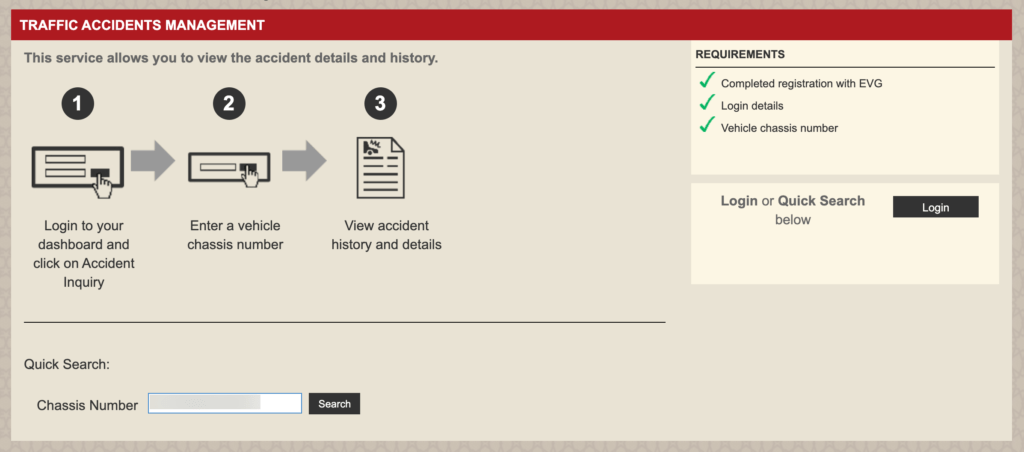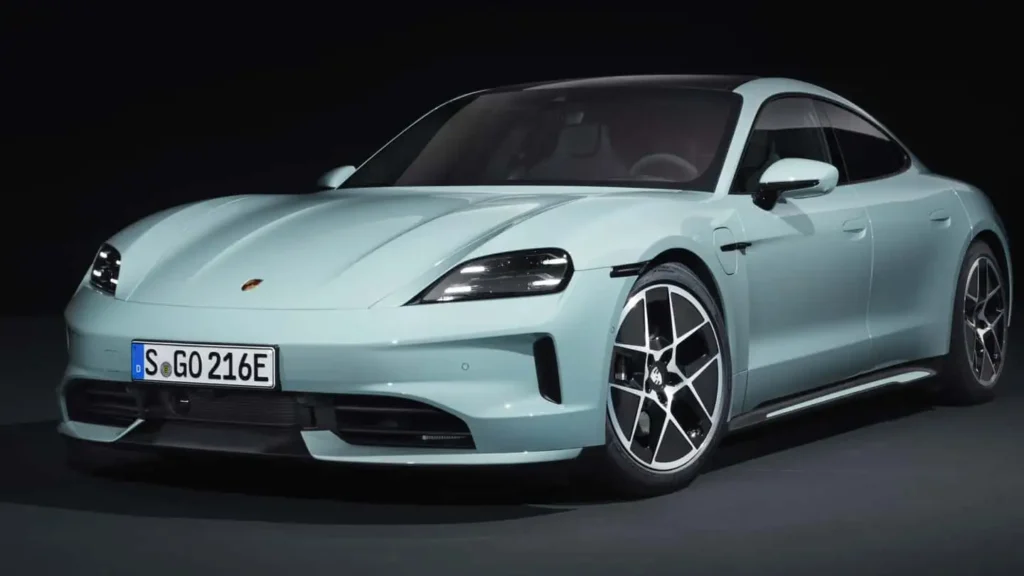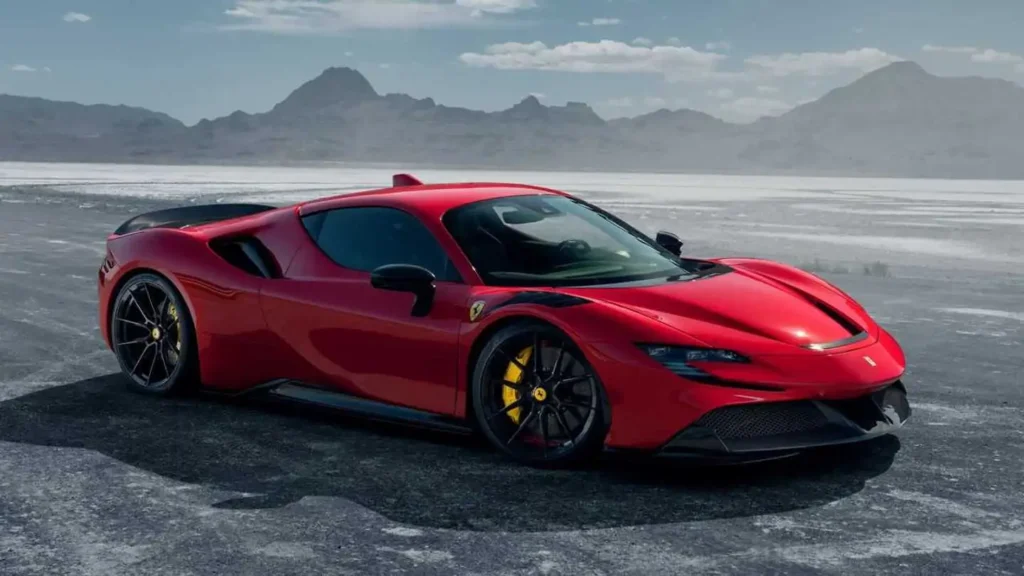What to Check in a Used Porsche, Lamborghini, or Ferrari Before Buying
Purchasing a used exotic car like a Porsche, Lamborghini, or Ferrari is an exciting journey but it’s one that requires thorough research and careful inspection. Unlike regular vehicles, these high-performance machines come with unique engineering, maintenance requirements, and ownership costs. Whether you’re a first-time buyer or an experienced collector, knowing what to look for can save you from expensive mistakes.
In this blog, Drive UAE walks you through essential checks you should perform before buying a used exotic car, highlighting specific considerations for Porsche, Lamborghini, and Ferrari.
General Pre-Purchase Inspection (PPI) Essentials
Before diving into brand-specific checks, there are some universal steps every buyer should take:
1. Vehicle History Report
Start by obtaining a full vehicle history from a reputable source like Carfax or AutoCheck. Look for red flags such as salvage titles, flood damage, odometer rollbacks, or frequent ownership changes. An accident-free and well-documented history adds tremendous value.

2. Maintenance Records
Exotic cars require meticulous maintenance. Ensure the car has a full service history from authorized dealerships or well-known specialists. Check for regular oil changes, fluid flushes, timing belt replacements (if applicable), and adherence to manufacturer schedules.

3. Professional Inspection
Always invest in a Pre-Purchase Inspection (PPI) conducted by a technician experienced with the specific brand. A qualified expert can spot issues that even seasoned enthusiasts might miss.

Brand-Specific Inspection Checklists
Each exotic brand comes with its own quirks and known issues. Here’s what to look for in each:
Porsche
- Engine and Powertrain: Look for signs of oil leaks around the engine, especially in older models like the 996 and 997. Listen for rattling sounds or knocking, which may signal internal damage.
- IMS Bearing (Intermediate Shaft): A known issue in certain Porsche models (especially 996 and early 997 911s), the IMS bearing failure can lead to catastrophic engine failure. Check if it has been upgraded or replaced.
- Suspension and Steering: Test for any clunking sounds or instability during cornering. Porsche suspensions are designed for precision, so any looseness could indicate worn components.
- Brakes: Porsche brake systems are expensive to replace. Ensure the rotors and pads have adequate life left and check for signs of warping.
- Electronics: From PCM units to seat memory functions, test all electronics thoroughly. Even minor malfunctions can be costly.

Lamborghini
- Clutch Wear: Lamborghinis with E-Gear transmissions (like Gallardo and Murciélago) can wear clutches quickly. Use a diagnostic tool to measure clutch life, which is critical to avoid an expensive replacement.
- Transmission: Ensure smooth gear changes. Hesitation, jerking, or grinding may indicate transmission issues.
- Cooling System: Exotics run hot. Inspect the radiator, hoses, and fans. Overheating can severely damage the engine.
- Suspension: Many models have front-lift systems. Listen for air or hydraulic leaks and ensure the lift operates correctly.
- Bodywork: Look for signs of repainting, misaligned panels, or non-OEM parts—these could indicate accident repairs.

Ferrari
- Timing Belts/Chains: Many Ferraris (especially pre-2010) use timing belts that require regular replacement, typically every 3–5 years. Ensure this has been done recently.
- F1 Transmission: Ferrari’s electrohydraulic F1 transmission requires regular servicing. Clutch wear and actuator performance should be tested with proper diagnostic equipment.
- Electronics: Ferraris are known for temperamental electronics. Test all functions, from air conditioning to traction control systems.
- Suspension: Worn bushings or leaking shocks are common, especially on models with adaptive suspensions. Expect high repair costs if replacement is needed.
- Body and Paint: Examine for any signs of respraying. Authenticity is critical for maintaining the Ferrari value.

Common Red Flags Across All Brands
Regardless of the manufacturer, the following signs should prompt deeper investigation or reconsideration:
- Inconsistent Panel Gaps: May indicate structural repairs or hidden damage.
- Aftermarket Modifications: Non-OEM exhausts, body kits, or ECU tunes can reduce reliability and affect resale value.
- Warning Lights: Never ignore a check engine or suspension light; it may point to costly underlying problems.
- Unusual Noises: Clicking, knocking, or whining sounds could indicate worn driveline or suspension components.
Test Drive Evaluation
Never purchase without a test drive, and ideally, start with a cold engine.
- Cold Start Observations: Watch for smoke, rough idling, or delayed response. These could signal issues with valve seals, spark plugs, or sensors.
- On the Road: Test acceleration, braking, and cornering. The vehicle should feel stable, responsive, and balanced.
- Transmission: Monitor for smooth shifts and proper clutch engagement. Any jerking or delay is cause for concern.
Final Considerations
Cost of Ownership: Oil changes can cost $500+, and major services may run into thousands. Budget for regular maintenance and unexpected repairs.
Insurance: Exotic car insurance can be significantly higher than average. Get quotes before committing.
Resale Value: Condition, mileage, originality, and service history all impact future resale. Buying a well-maintained car now can save you money later.
Conclusion
Buying a used Porsche, Lamborghini, or Ferrari is a dream come true, but only if done right. Investing time in inspections, understanding brand-specific quirks, and getting a professional PPI can help you avoid a financial nightmare and ensure your dream car delivers the thrill it’s meant to. When in doubt, consult with experts and don’t rush the process. After all, excellence is worth the wait.

